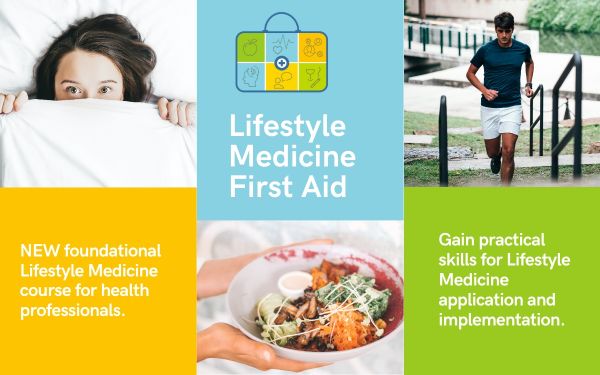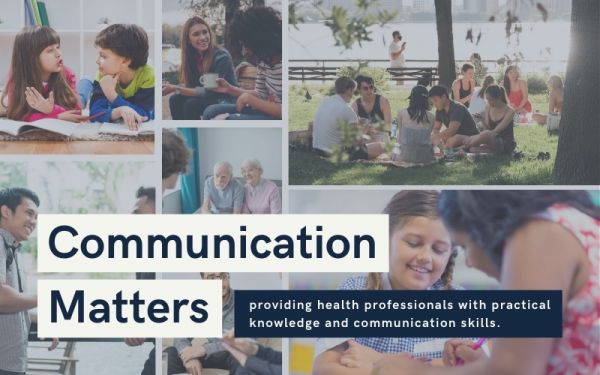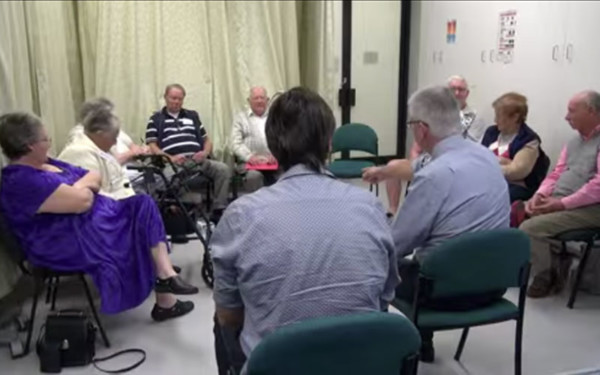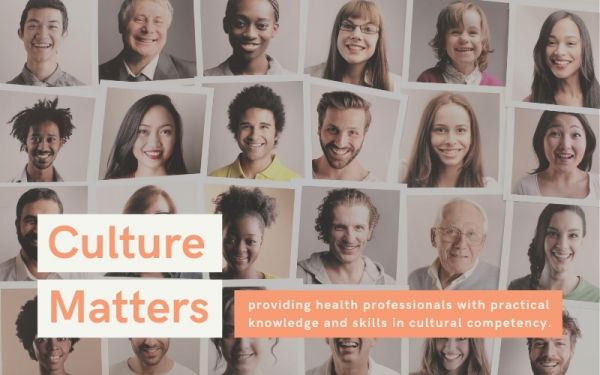
Briefly standing, or being active, reduces blood sugar across the day
[fusion_builder_container background_parallax=”none” enable_mobile=”no” parallax_speed=”0.3″ background_repeat=”no-repeat” background_position=”left top” video_aspect_ratio=”16:9″ overlay_opacity=”0.5″ video_mute=”yes” video_loop=”yes” fade=”no” border_size=”0px” padding_top=”20″ padding_bottom=”20″ hundred_percent=”no” equal_height_columns=”no” hide_on_mobile=”no”][fusion_builder_row][fusion_builder_column type=”1_1″ layout=”1_1″ last=”yes” spacing=”yes” center_content=”no” hide_on_mobile=”no” background_color=”” background_image=”” background_repeat=”no-repeat” background_position=”left top” hover_type=”none” link=”” border_position=”all” border_size=”0px” border_color=”” border_style=”” padding=”” margin_top=”” margin_bottom=”” animation_type=”” animation_direction=”” animation_speed=”0.1″ animation_offset=”” class=”” id=”” min_height=””][fusion_text]For obese people who sit for most of the day, replacing some sitting time with standing, slow walking or slow cycling reduces average blood sugar across the day and into the night, a small study finds.
The researchers studied nine overweight or obese adults who wore continuous blood sugar monitors and blood pressure monitors during their regular, mostly-sitting eight-hour workday. One week later, participants gradually replaced some of that sitting time with standing, in intervals of 10 to 30 minutes for a total of two and half hours per day. Read more[/fusion_text][/fusion_builder_column][/fusion_builder_row][/fusion_builder_container]








Responses